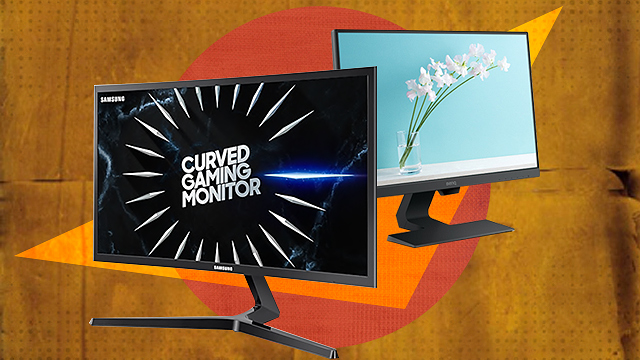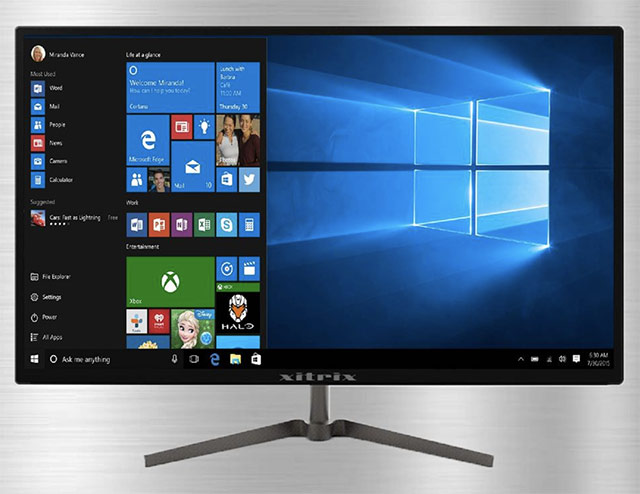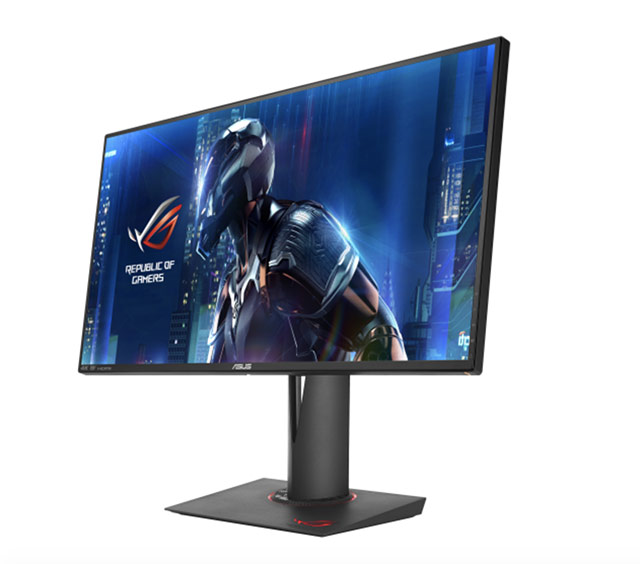
(SPOT.ph) It’s the first thing your eyes see after turning on your computer. Whether you’re playing a game, writing a document, entering data in a spreadsheet, logging in a video call, streaming your favorite show, or browsing the web, the monitor is an inseparable part of your computer. Even those using laptops have found that having an external monitor is a good way to optimize screen space.
Like flat-screen TVs, monitors have generally become more affordable while benefiting from advances in technology. The result is a win for consumers who have more buying options. The question, of course, since monitors have all sorts of technology packed in, what features are important when buying a monitor?
When it comes to tech, not everything is created equal. This is especially true with computer monitors. Thankfully, despite the unfamiliar terminologies, it’s pretty easy to navigate the ins and outs of monitor technology.
What types of panels are there for computer monitors?
Often included in the specs, there are three major LCD panel types. TN (Twisted Nematic) displays were the earliest types developed. TN displays were the first to market and thus, the most common. The biggest advantage that TN panels have is the low price and fast response times (more on that later). The major drawback of this display technology is color reproduction since they can look a bit washed out and limited viewing angles. In some TN monitors, colors can even change when viewed from a different angle.
IPS (In-Plane Switching) panels were created as an improvement over TN technology with better color reproduction and wider viewing angles. This means even if you view the screen from a different angle, the colors remain the same. IPS panels also have deeper black reproduction to avoid that washed-out look. Generally, IPS monitors cost more than their TN counterparts.
Sitting between TN and IPS are VA (Vertical Alignment) panels. Mostly used in TV screens, VA monitors offer the best contrast ratios. VA panels also have better color and black reproduction compared to TN monitors. What seems to be the Achilles heel of VA is a slower response time compared to TN and IPS.
For general productivity and office use, VA is the way to go. But for specific tasks requiring more color accuracy such as photo and video editing, IPS panels are highly recommended. Gamers can go with either VA or IPS screens.
What screen resolution do you need?
The baseline resolution for any monitor should be 1080p (1920x1080). Typically monitors with this resolution start from 21 inches and above. Also known as Full HD resolution, monitors that support 1080p are good all rounders for use in work, productivity, multimedia, and gaming.

Up from 1080p is support for 1440p (2560x1440) resolution especially with monitors that are 27-inches and above. Also known as QHD or QuadHD, 1440p is less demanding for most modern graphics cards and is also ideal for office work and gaming. The XPN-WFP2710 from Xitrix is a good pick for a QHD monitor.

For those with beefier machines, 4K or Ultra HD (3840x2160) is a step up from 1080p resolution. Only computers with more powerful graphics cards can run 4K resolution. Apart from modern games which can run in UHD, streaming apps such as Netflix also support this resolution.

More expensive monitors can also support 5K and 8K resolution, but they might be considered overkill at the moment for most consumers.
Refresh rates, response time, aspect ratio, and more
Expressed in hertz (Hz), the refresh rate is a measurement of how often a screen can update its image. A 60Hz monitor means the image is updated 60 times a second. This is the minimum refresh that should be checked in a monitor. Currently, most monitors also support anywhere from 75Hz, 120Hz, 144Hz up to 240Hz. The higher the refresh rate, the higher the frame rates which can be seen in applications such as games as long as the video card can support it.
Response time is the time it takes for the monitor to display from one color to another. This number is especially important for high frame rate applications such as gaming. Typically, a response time of 5ms or lower is ideal so as not to experience screen ghosting.
Aspect ratio is the ratio of the width and height of the display. In the early days of LCD monitors the square 4:3 ratio was common but it has now been replaced with 16:9 which is suitable for movies and games. Other aspect ratios are available such as 16:10 and the ultrawide 21:9.
Viewing angle is important especially if the monitor is used with a movable or swivel mount. The larger the viewing angle, the less color shifting and distortion a monitor has. A viewing angle of 170 degrees and above is recommended.
Current generation monitors should have at least an HDMI 1.4 connection followed by DisplayPort and USB-C connectivity. HDMI 1.4 supports 4K resolution while DisplayPort 1.4 can handle up to 8K resolution. USB-C supports up to 4K resolution.
Does it matter if your monitor is curved or flat?
In addition to widescreen monitors, curved monitors offer a more immersive field of view while reducing unwanted glare and reflections. An important number to remember when buying curved monitors is the curvature which is expressed in a figure such as 1800R. The lower the number, the more pronounced a monitor’s curvature is which also translates to a closer viewing distance. For example, a curved monitor with an 1800R curvature has a maximum viewing distance of 1.8 meters while a 3000R monitor has a max viewing distance of 3 meters. Samsung’s CRG5 is one of the more popular curved monitors.
[ArticleReco:{"articles":["85699","85790","78353","84921"], "widget":"Hot Stories You Might Have Missed"}]
Hey, Spotters! Check us out on Viber to join our Community and subscribe to our Chatbot.
Source: Spot PH
No comments:
Post a Comment